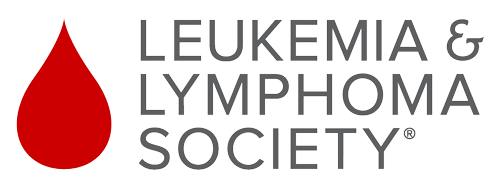My question is in regards to my induction treatment that has been completed, but the SCT was delayed due to several imbalances in my white blood cells and liver enzymes. What steps can be taken after chemo to correct the body's chemical imbalances?
- by Laura K
from USA
Transcript:
Laura K:
My question is in regards to my induction treatment that has been completed, but the SCT was delayed due to several imbalances in my white blood cells and liver enzymes. What steps can be taken after chemo to correct the body’s chemical imbalances?
Dr. Shah
Thank you for the wonderful question. I’m going to take a stab at what I think is going on, given that we’re talking about an induction regimen followed by allogeneic stem cell transplant, I suspect this is treatment for relapsed acute lymphoblastic leukemia (ALL).
When we talk about medications that are used in relapsed ALL asparaginase and inotuzumab are both drugs, that can be considered. With regards to asparaginase, as elevated liver enzymes and bilirubin are quite commonly observed in adults. This will usually resolve on its own without intervention, but the time to resolution can be quite variable. If there is a market elevation or if it’s taking a long time for the enzymes to normalize, we may consider the addition of L-carnitine, or B vitamins to accelerate that recovery. This is based on published work by several investigators including Dr. Chadi Al-Nawakil and Dr. Dan Douer.
The white blood cells, in particular the neutrophil count, can also be impacted by asparaginase. This is especially common if asparaginase is given in combination with chemotherapy, or if there are multiple doses of asparaginase included in the induction regimen. Depending on the severity, we may administer growth factors such as G-CSF to accelerate recovery.
Nutrition is also of paramount importance as low protein and calorie intake can significantly compromise bone marrow function, which is needed to produce adequate white blood cells. With regards to inotuzumab, elevated liver enzymes and bilirubin can also be observed. Here, we are careful to ensure that this does not reflect an uncommon complication inotuzumab called veno-occlusive disease or VOD of the liver.
As the name implies, we can see blockage of small vessels in the liver, which can prove quite serious. Notably, the risk for VOD extends for several weeks after receiving inotuzumab. To this end, we often will purposefully wait after achieving remission within inotuzumab before proceeding with bone marrow transplantation. If there is a heightened concern for relapse during this interval, we will occasionally deliver a cycle of blinatumomab to keep the leukemia under control while waiting to move to transplant.
Similar to asparaginase, low white blood cell counts, and in particular low neutrophils can be observed, and these are managed much the same, with a focus on growth factors to accelerate the recovery and stressing the importance of adequate protein and calorie intake. Thank you.

